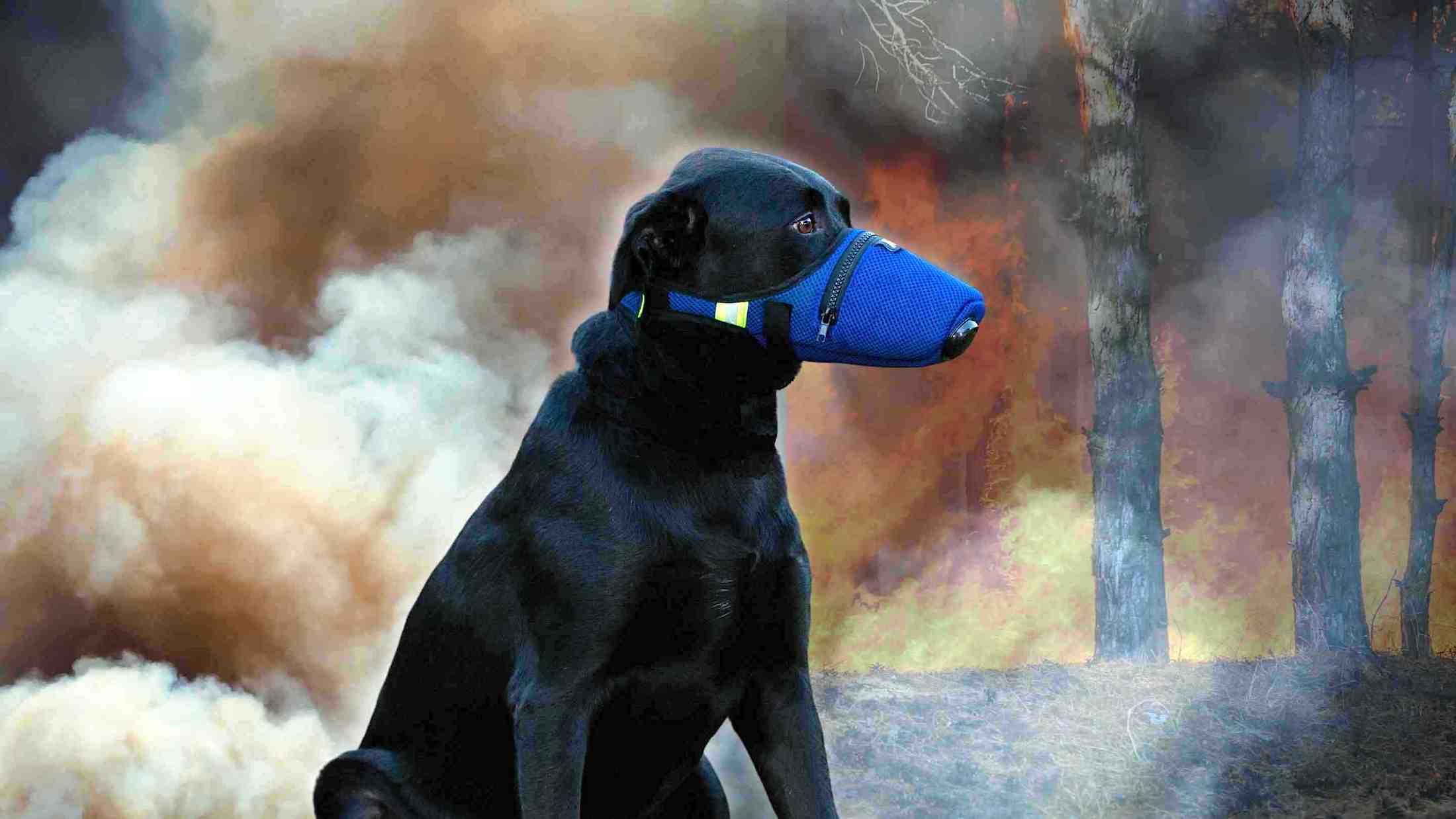Long-Term Dog Exposure Research Study with Ambient Air Pollutants
ABSTRACT:
https://pubmed.ncbi.nlm.nih.gov/8730022/
EPA:
National Service Center for Environmental Publications (NSCEP)
Dogs are often the species of choice as an experimental model for the study of pulmonary responses to long-term exposure to air pollutants in chambers simulating environmental or occupational exposure in man.
Their lungs bear a reasonable resemblance to human lungs, they are large enough to allow serial measurements of pulmonary responses, and they live long enough to ensure that findings are not confounded by aging.
Several long-term canine exposure studies with ambient air pollutants have been performed since 1957: seven studies with gaseous and particulate sulphur (IV); three studies with nitrogen oxides; three studies with ozone; two studies with acidic particles; three studies with mixtures of sulphurous pollutants that might have resembled the 1952 London smog; and one study in which raw and ultra violet (UV)-irradiated motor vehicle exhaust and sulphurous pollutants were used.
The findings support the hypothesis that long-term exposure to air pollutants at ambient levels might cause bronchitic lesions (sulphur oxide), emphysematous lesions (nitrogen dioxide) or fibrotic lesions (ozone). None of the studies showed an indication of synergistic effects.
To improve our understanding of pulmonary responses initiated by the inhalation of pollutants over long periods of time, new concepts are needed.
Investigators should consider studies with canine models of cardiopulmonary diseases, the application of novel immunological and molecular biology techniques, the phenomena of tolerance and adaptation to inhaled air pollution, and exposure atmospheres with increasing complexity, including fine and ultra fine particles.

PDF:
Long-term canine exposure studies with ambient air pollutants













